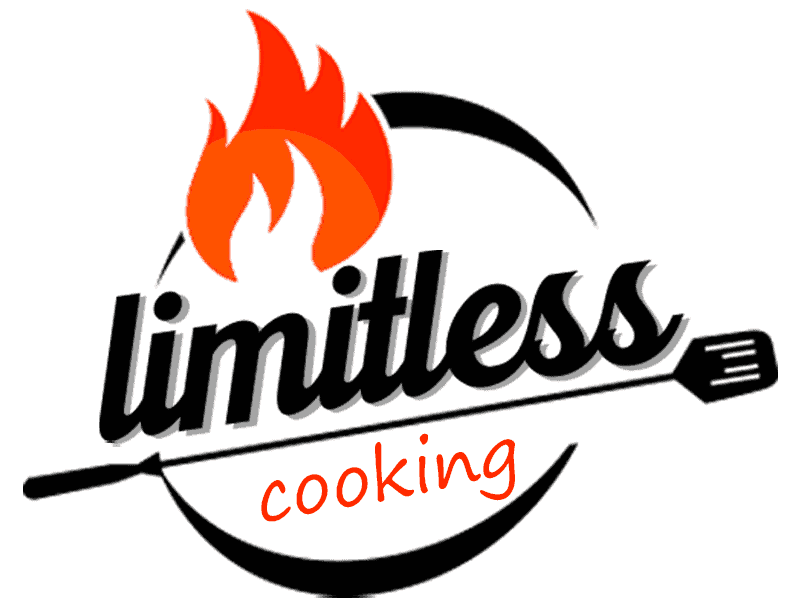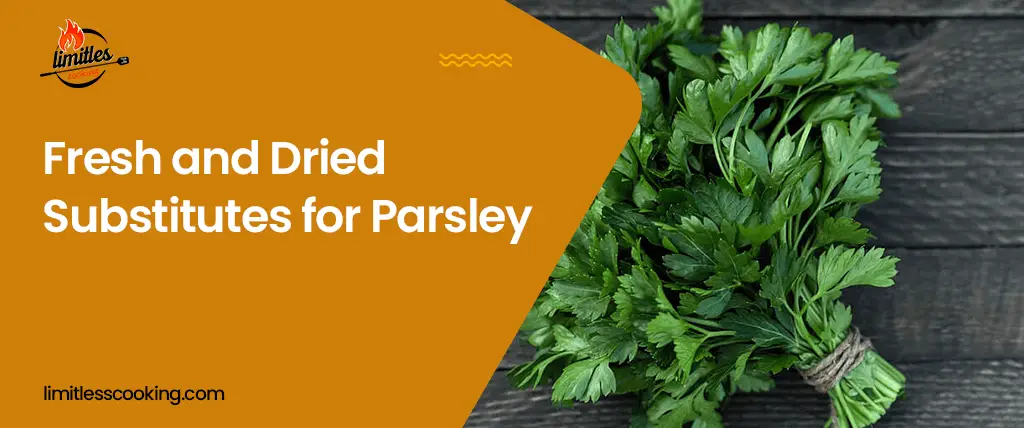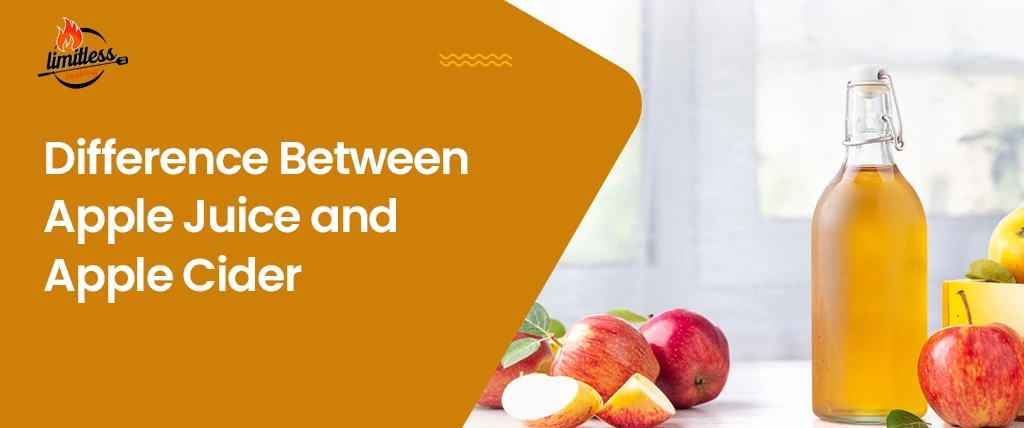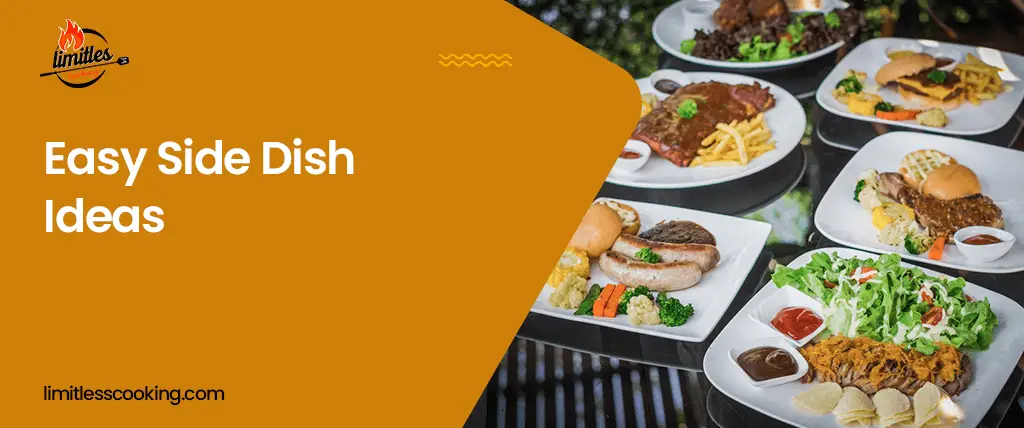Can You Microwave Paper Plates – How To And Safety Tips
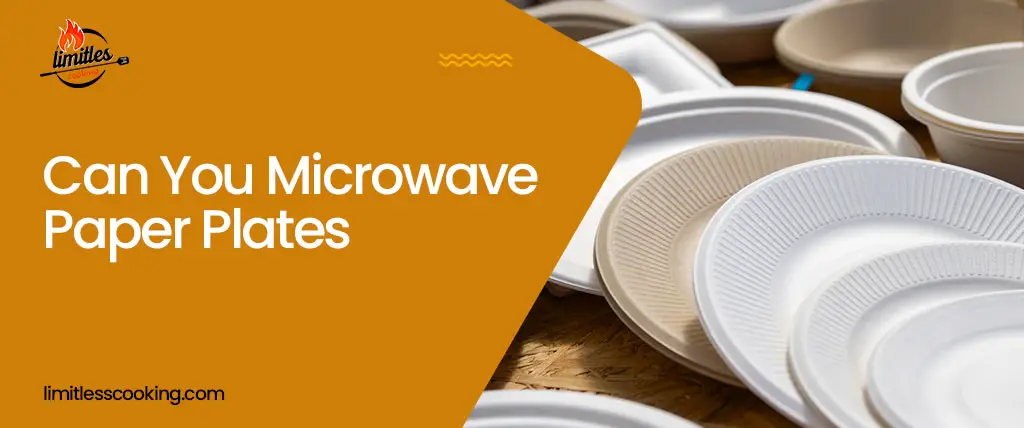
Do you ever just wish you could easily microwave food right out of the paper takeout boxes? How easy would that be!
But the good news is that there are ways to reheat food in the microwave without having to fret over microwave-safe ceramic and glass plates. So can you microwave paper plates? And how do you do that?
Let’s find out the answer and more information in this post!
Can You Microwave Paper Plates?
Yes! Absolutely, you can!
As a teenager, my go-to method for reheating food was to just put it on a paper plate and microwave it. I never really understood what I was doing, I just knew it was okay to do so because it never went wrong. But there’s a lot more to it than simply putting the plates in the microwave.
While most paper plates are microwave-friendly, you need to follow a few precautionary measures to be on the safer side. But first, let’s look at whether food microwaved on a paper plate is safe to eat.
Is It Safe To Microwave Paper Plates
In many cases, yes. Paper plates are completely safe as long as they’re not coated with plastic lamination or consist of some colored dye. Because those disposable plates contain harmful chemicals. This will mix with your food and can be seriously hazardous to your health.
White paper plates, the ones you commonly see in the supermarket, are very useful when you want to microwave them. They’re also the safest in their category and are very convenient for most needs.

The time and temperature of your reheating settings also play an important role in the process. Many people advocate disposable plates and paper towels to be the safest option for the microwave oven(safer than plastic and styrofoam at least).
Always remember to keep in mind the standard safety protocols before you reheat food on white paper plates. Keep reading to find out!
How To Safely Microwave Food In Paper Plate
There are 2 things you need to remember while microwaving paper plates. Read further to find out the answers!
1. Time
It is very important that you do not put the paper products in the microwave for more than 2-3 minutes. The USDA suggests 2 minutes as the standard microwaving time for paper plates. You do not want to reheat it beyond this period as it will affect the structural integrity of the plates.
2. Temperature
When reheating food on a plain paper plate, always check the temperature settings beforehand. You do not want to heat at a very high temperature. The best option is to use the reheat setting in the microwave, and heat at a 30 seconds interval.

Usage Of Paper Plates In Microwave
Did you know that reheating food is not the only way to use these cardboard plates in the microwave? It’s true! Since most paper plates are microwave safe, they can be used in multiple ways. Find my top four uses below!
1. Reheating Food
I know this one is pretty obvious. But think about all the snacks and cakes and sandwiches you could heat in the microwave using an environment-friendly paper plate. The best part? Unlike glass and ceramic plates, you don’t have to worry about cleaning up later!
2. Cover Food
Microwaving food can be a bit of a gamble when you know it might end up splattering all over the insides. But here’s the good news- you can use a white paper plate to cover your food and avoid any splatter or food mess!
3. Catching Drips and Spills
If you’re someone who enjoys the food-in-a-mug recipes, you already know how much those things like to overflow and spillover. And you can avoid that with a very simple trick.
Next time you want to make a chocolate coffee cupcake, or heat mac and cheese in a mug, place a paper plate underneath it. It’ll catch all the drips and spills, and save you so much time during clean-up. It will also absorb all the excess water molecules and keep your foods from drying up.
4. Retaining Moisture Content
Paper plates also work as a great cover to stop the steam from escaping. This way, the food gets warm a lot faster and it also retains all of its water molecules instead of drying up!
Precautionary Measures for Microwaving Paper Plates
Like I said before, heating food in the microwave using a paper plate can be a fairly easy thing to do. But only when you’re being safe and cautious. These few simple measures will make sure you have safely microwaved your food.
- Do not use brown paper bags to heat your food. These bags are prone to catch fire.
- Do not use aluminum foil or cover your food with plastic wrap. The aluminum foil may lead to sparks.
- Remove any other equipment from the oven that might cause sparks like non-microwavable containers. These sparks can make the paper plates catch fire.
- Never place the plate in the microwave without food. Microwaves work on electromagnetic radiation and it may damage both the plates and the device itself.
- Do not heat foods like cottage cheese or oily foods keeping on paper plates because the plates will absorb all the oil and go soggy. If you do, use a paper towel to absorb the food.
- Avoid heating twist-ties or similar items at all costs.
Are Microwaved Paper Plates Toxic?
Microwave-safe paper products are generally safe to heat food in. However, if you’re using paper plates that may or may not be microwave safe, they will still be safe to consume if you follow all the necessary measures.
The biggest risk when it comes to eating microwaved food on paper plates is that some plates lose their structure in the microwave. The food may absorb the disintegrated paper and chemicals and may turn toxic.
Another thing to keep in mind is to always use a plain, non-dyed paper plate for the microwave.
A dyed plate in the microwave may leach the color into the food once it is warm, which is dangerous when consumed.
Can A Paper Plate Catch Fire In The Microwave?
The paper plate products we get in the market are usually microwave-safe. It is, therefore, safe to microwave them and warm food in them.
On its own, a paper plate will never catch fire. The only real chance of a fire hazard is if you place it with anything that is not microwave use safe. Any items like aluminum cups, or containers that may cause sparks and light the plates on fire. These items have no use in the microwave. So, make sure to use microwave-safe containers.

FAQ
How long should you keep paper plates for use in the microwave?
As a general rule, do not use paper plates or any paper product in the microwave for more than 2 minutes. If you need to warm it any longer, stack it up on paper plates and use wax paper.
Can you microwave serve-ware paper plates?
Serve-ware plates are usually coated with a layer of plastic or consist of dyed chemicals that leach into food in microwaves. These are not very safe and should be avoided.
Can you microwave the takeaway paper box?
Yes, it is safe to heat food in takeaway boxes in the microwave. You might want to heat it with a cup of water so as to avoid the food from drying up and maintaining its water content.
Final Thoughts
If you didn’t know about this one before, you are definitely going to save a lot of time and energy going forwards! Heating food on paper plates used in the microwave can be so easy and provide so much convenience! Not to mention they’re completely safe! The list goes on.
The more important thing to do is continuously observe the plates and give them plenty of intervals between reheating sessions. After all, you do not want to start an unsupervised fire to anything in the house!
The next time you wish to have a quick snack without having to worry about doing the dishes and cleaning up later, turn to paper plates! And if you have any further questions at all or need any information, feel free to ask away!
